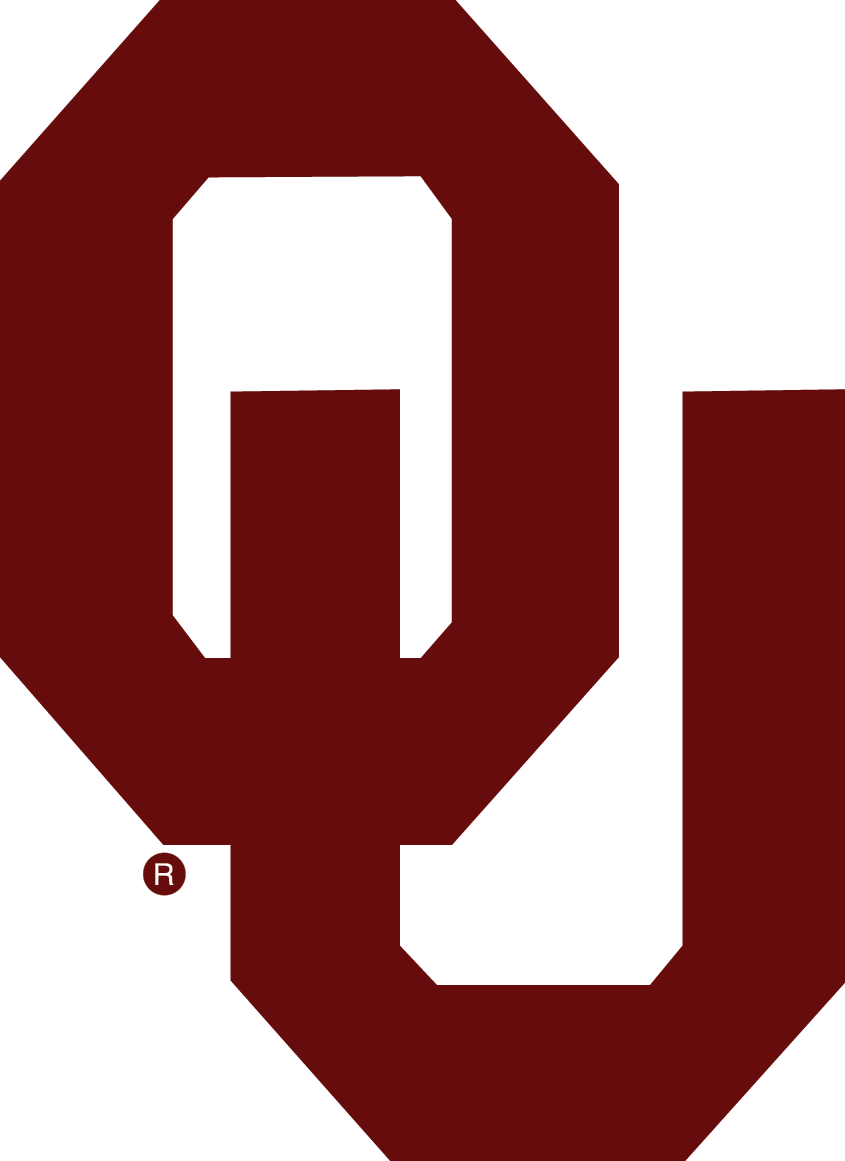Advanced standing examinations of program coursework may be attempted by students in accordance with University policy on Extra-Institutional Learning. The Department Chair coordinates departmental advanced standing examinations. Students wishing to attempt advanced standing examinations should first consult with their program director, then the Department Chair. Further information is located:
OUHSC Student Handbook: 4.7

